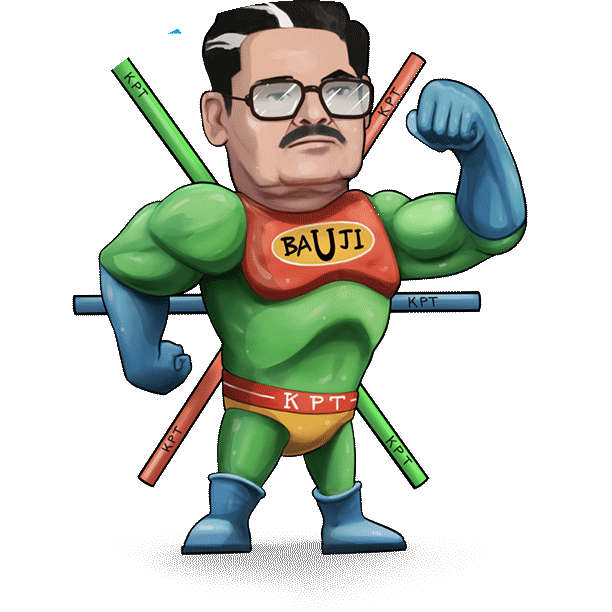In the quest for sustainable living, the construction and plumbing industry has been witnessing a significant shift toward environmentally-friendly solutions. Among these innovations, PPR (Polypropylene Random Copolymer) pipes have emerged as a game-changer. These pipes provide numerous benefits, such as durability, flexibility, cost-effectiveness, and most importantly, sustainability. This blog post aims to delve into the world of PPR pipes, highlighting their features, benefits, and the positive impact they have on the environment.
What are PPR Pipes?
PPR pipes are a type of plastic piping system commonly used in plumbing applications. These are made from a special blend of polypropylene random copolymer, which is known for its excellent properties such as high temperature and pressure resistance, corrosion resistance, and durability. These pipes come in different sizes and are available in both straight lengths and coils, making them suitable for a wide range of residential, commercial, and industrial plumbing systems.
Durability and Longevity
One of the key advantages of PPR pipes is their exceptional durability. These pipes have a lifespan of over 50 years, making them a reliable choice for plumbing systems. They are resistant to corrosion, chemical degradation, and scale build-up, ensuring a consistent flow of water over an extended period. PPR pipes are also highly resistant to high temperatures, making them ideal for hot water supply systems. With its robustness, PPR pipes minimize the need for frequent repairs or replacements, resulting in cost savings and reduced waste generation.
Versatility and Ease of Installation
PPR pipes offer great versatility, as they can be used for various applications, including potable water distribution, heating systems, air conditioning, and industrial fluid transportation. They are lightweight, making handling and installation hassle-free. PPR pipes can be easily joined using heat fusion techniques, which ensure leak-free connections and eliminate the use of harmful solvents or adhesives. The flexibility of these pipes allows for easy bending and routing, simplifying complex plumbing installations.
Environmental Benefits
PPR pipes contribute significantly to sustainable living and environmental conservation. As a recyclable material, polypropylene can be reused to create new pipes or other products, reducing waste generation. PPR pipes have a low carbon footprint, as their production process consumes less energy compared to traditional materials like metal or CPVC pipes. Additionally, these pipes are free from harmful substances such as lead and other heavy metals, ensuring the delivery of clean and safe water. By choosing PPR pipes, individuals and communities can actively promote eco-conscious practices and reduce their impact on the environment.
Conclusion
In an era where sustainability is crucial, PPR pipes have emerged as a reliable and eco-friendly solution for plumbing systems. With their exceptional durability, versatility, and ease of installation, they offer numerous benefits to both residential and commercial buildings. By opting for PPR pipes, we can reduce waste, conserve energy, and promote healthier living environments. As we continue to prioritize sustainability in construction and plumbing, PPR pipes undoubtedly play a pivotal role in shaping a greener future. Let us embrace this innovative technology and contribute to a more sustainable world.
If you want to know more about PPR Pipes, feel free to get in touch with KPT Pipes for further details.


